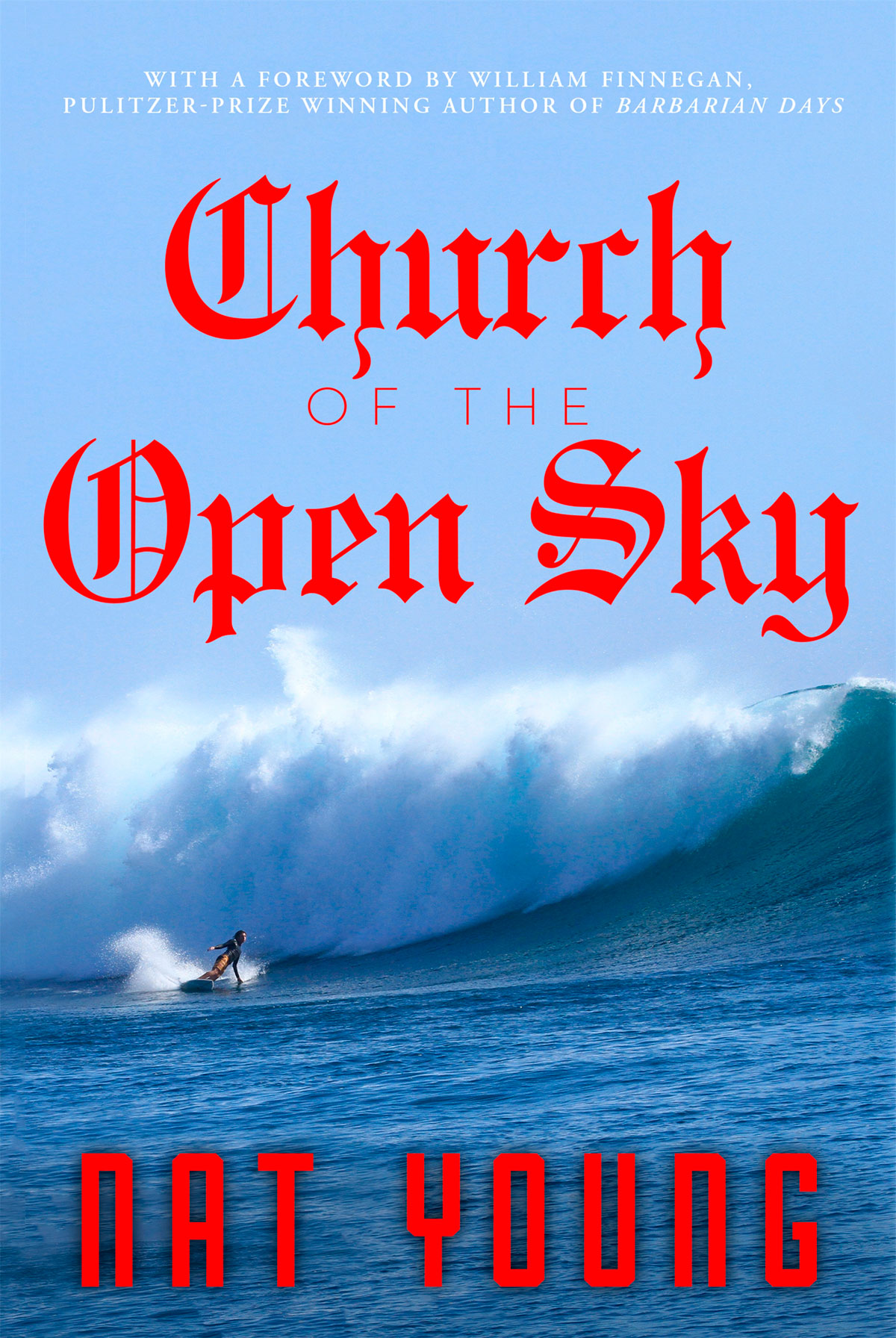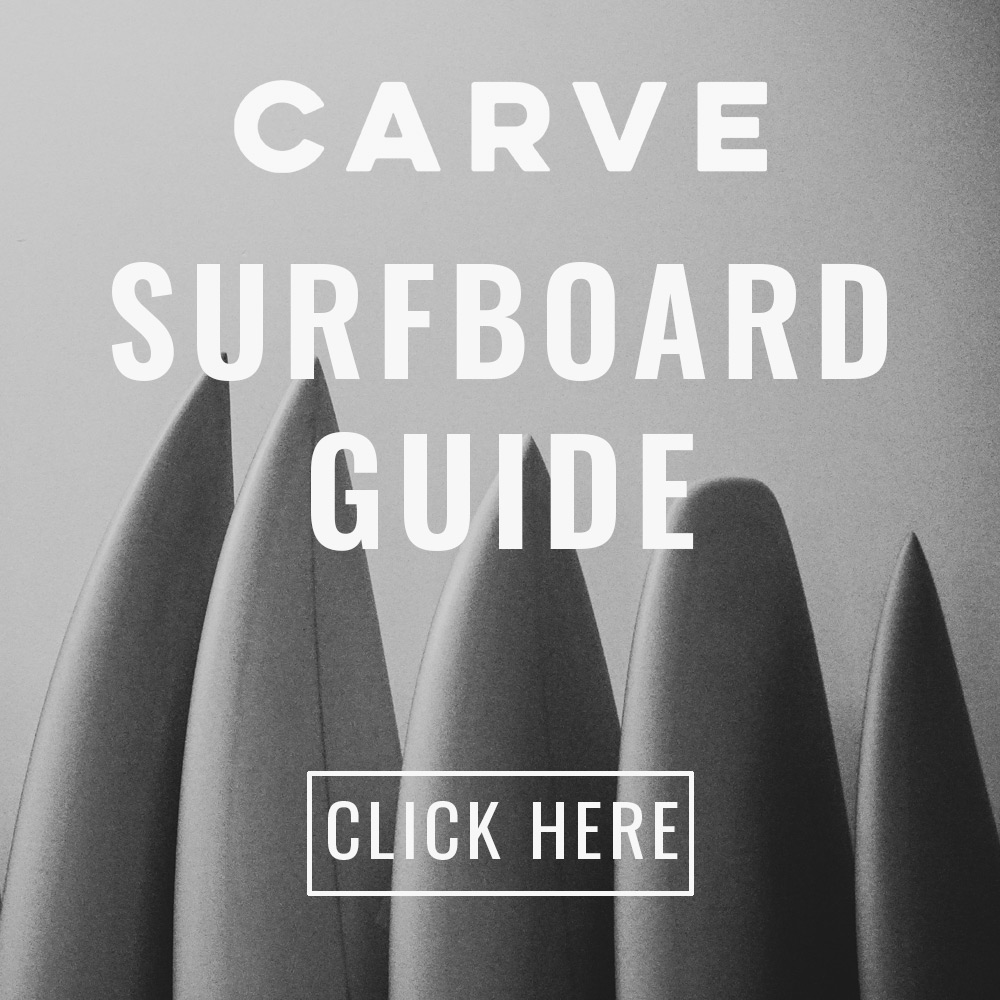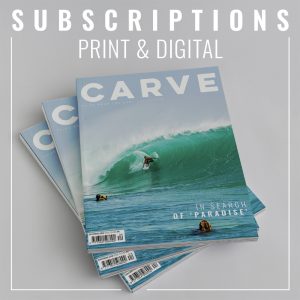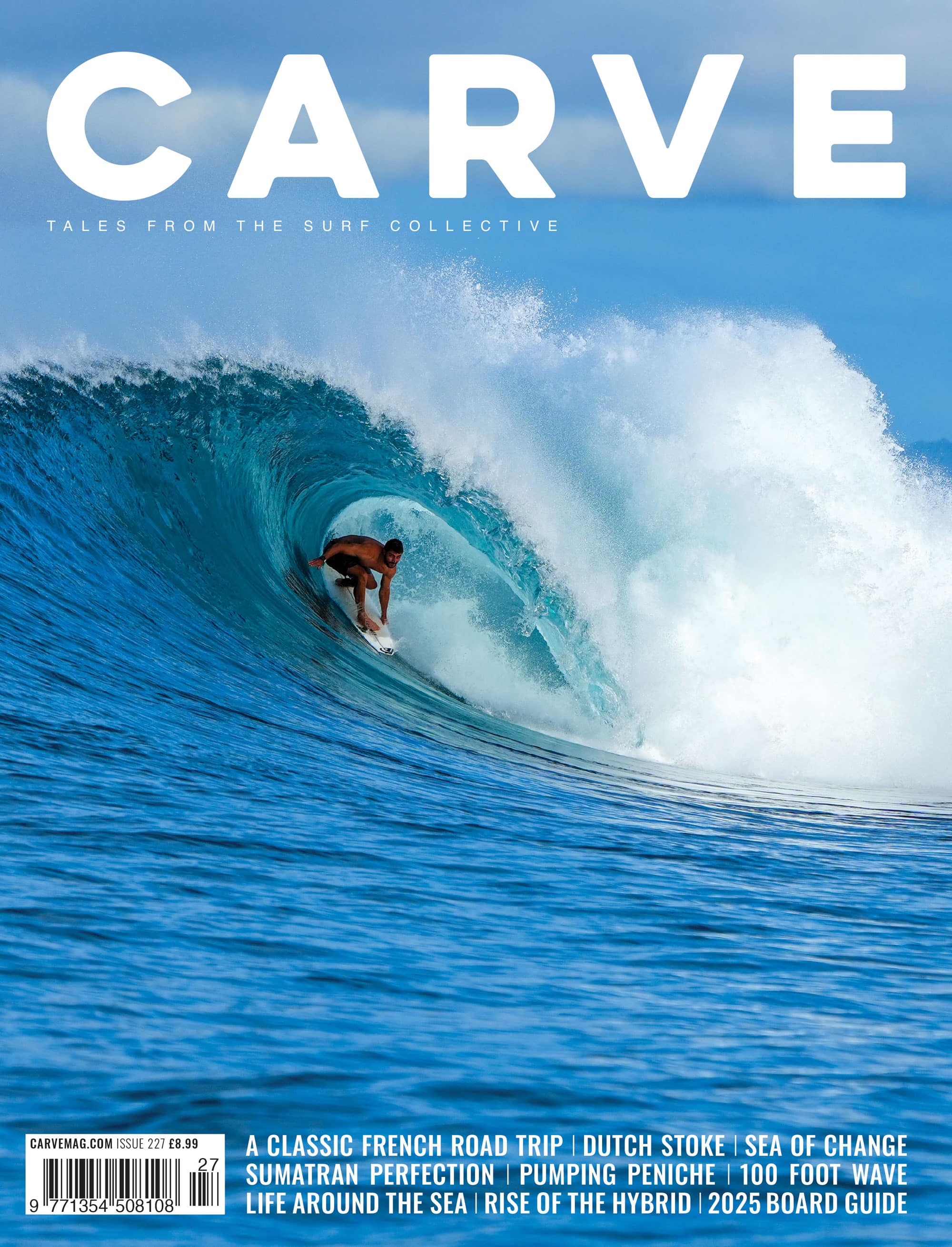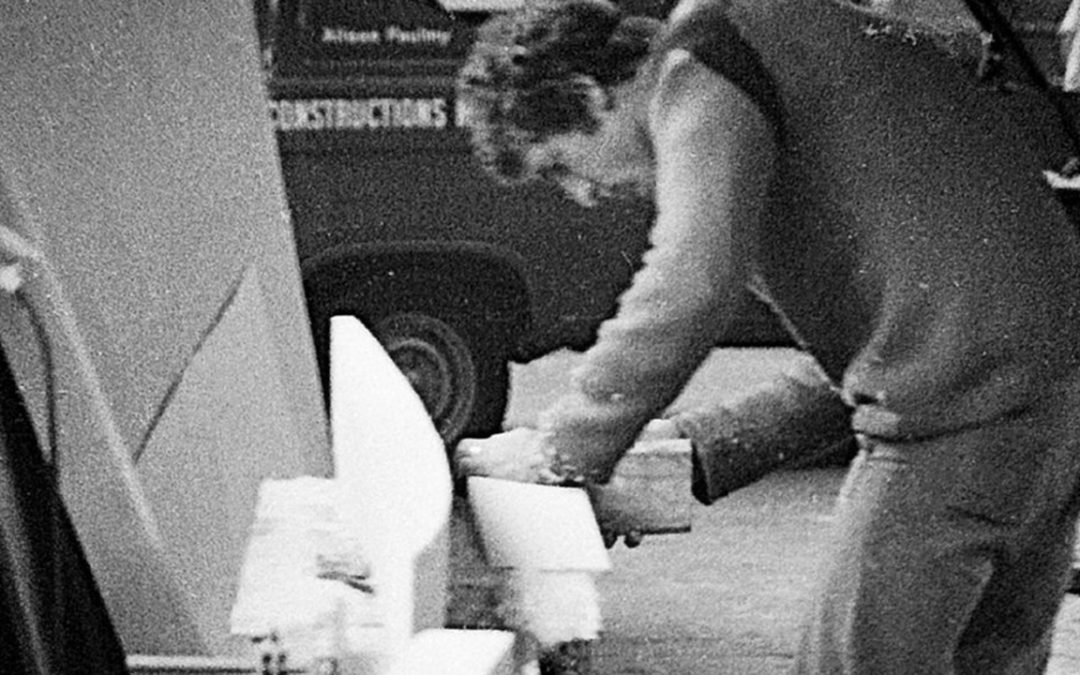
CHURCH OF THE OPEN SKY
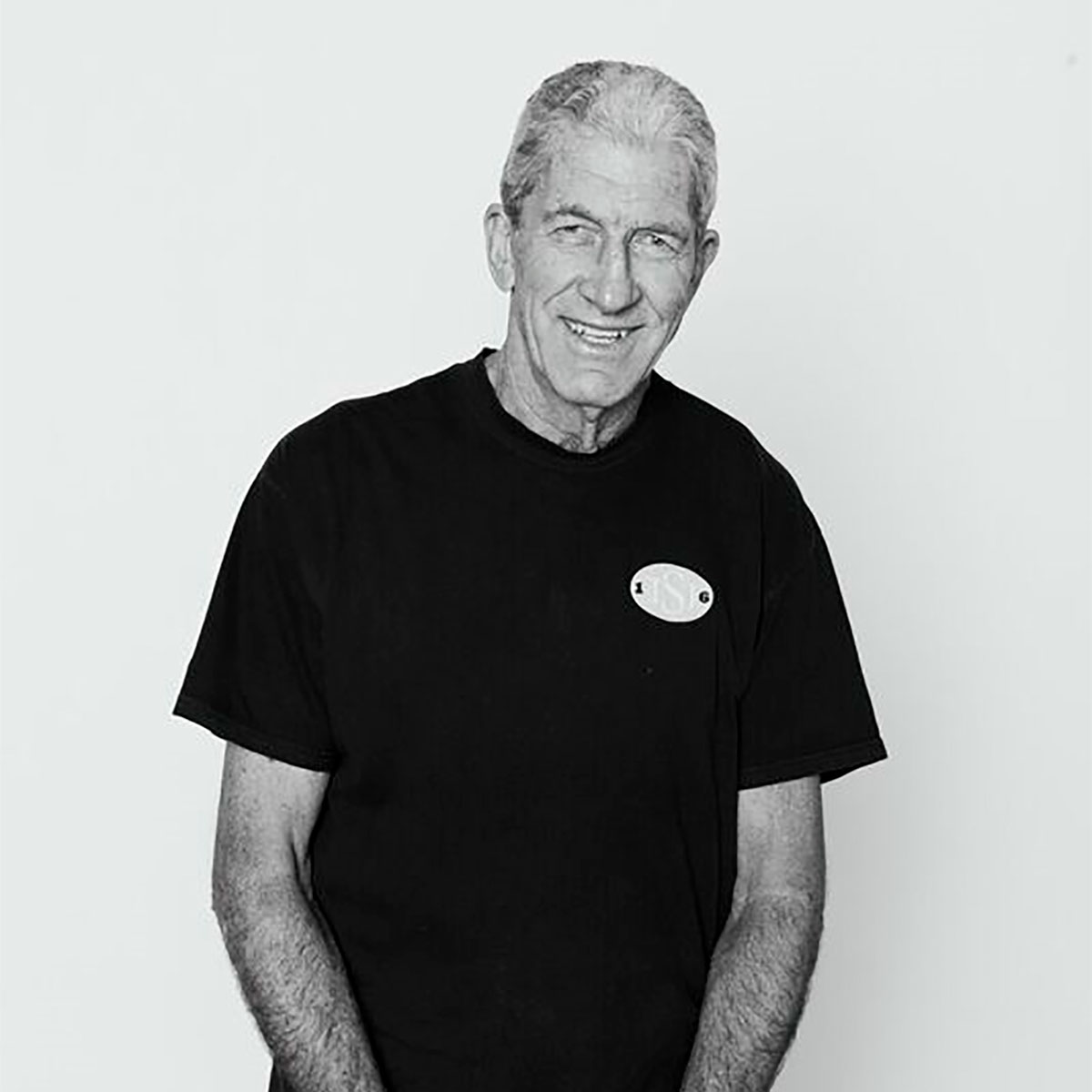
Nat Young is one of the surfing world’s gods, worshipped the world over for his ethereal style and ability to read the waves and know the right board for the conditions. He is the winner of four world surfing titles and an inductee of the Australian Surfing Hall of Fame (1986). In his new book, Church of the Open Sky (published by Penguin Random House), Nat explains how and why surfing becomes cult-like and shares some classic stories about the characters he’s met over the years including Miki Dora, George Greenough, Bob McTavish, Bruce Brown, Kathy Kohner – the real Gidget – and Midget Farrelly. Church of the Open Sky is a beautiful homage to surfing and the way of life embodied by those who surf. Young is respectful and intelligible in his recall of some of the greatest surfers (known and unknown) who are all forever in search of the perfect wave. The book is a testament to his passion and knowledge of surfing and the personalities within it.
What was the motivation for writing this book, Nat?
Well, I’d been thinking about it for quite a while, since I turned 70. Then last year I had a knee replacement operation and I was lying around in bed for several weeks, so that gave me the opportunity.
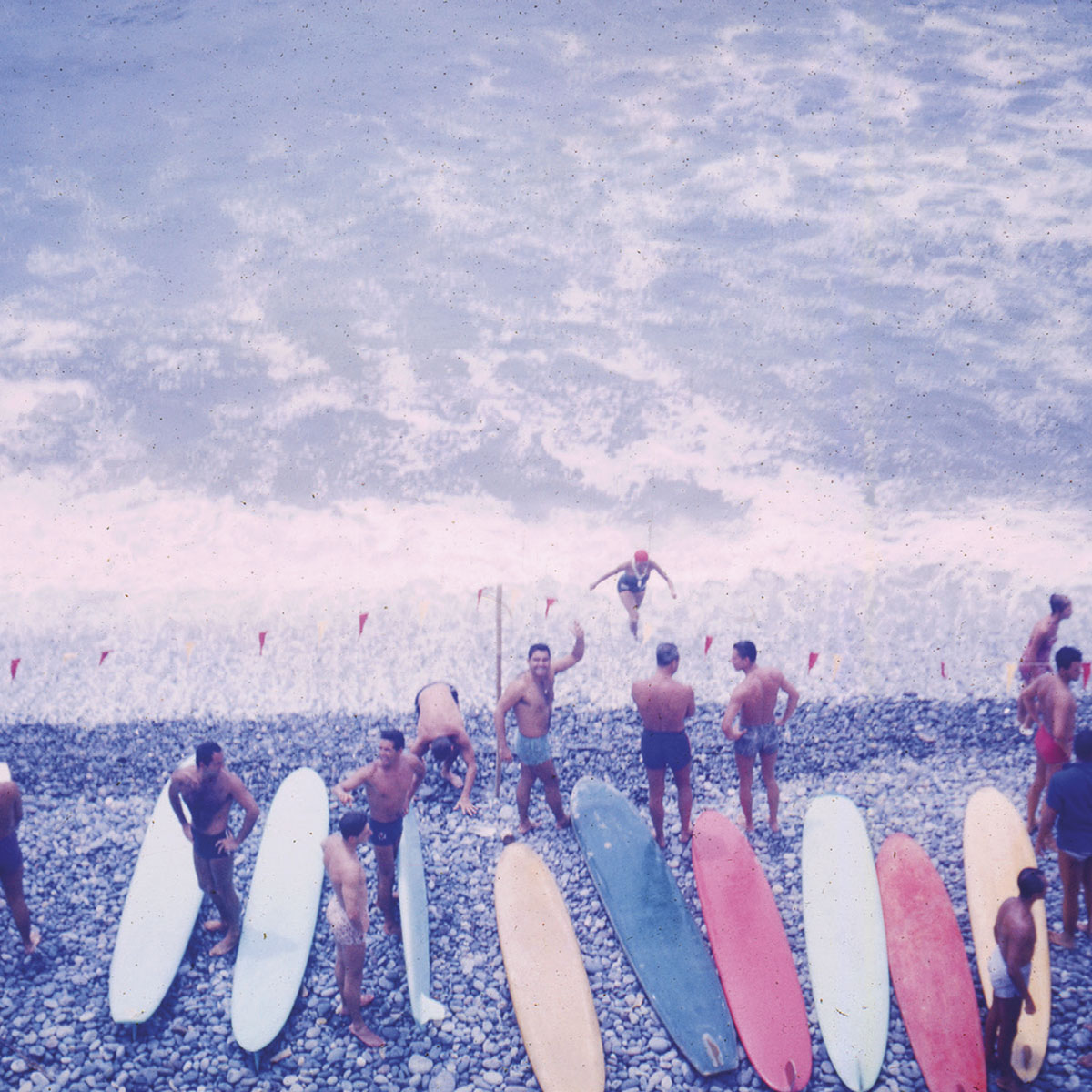
And since then you’ve made a full recovery and you’re back in the water?
Yeah, it took a while, but I got back in the water, started surfing again. And then we had such a good winter on the North Coast [of NSW], probably the best winter I’ve had there, it was fantastic. In three months, there were only a handful of days without good waves, you know, four to six-foot waves. I’ve never known it that consistent. There was a stream of lows coming down from the tropics for months on end. It was so good. I’d been planning to go to Indo, but I never left Australia! I just stayed and surfed every day, two sessions a day.
Two sessions a day – that’s good going for someone in their seventies!
Well, as you get older, that’s what you gotta do. You gotta keep it going as long as you possibly can – not stop the activity at all. You’ve got to keep going. I’ve never stopped, and that’s put me in a pretty fortunate situation.
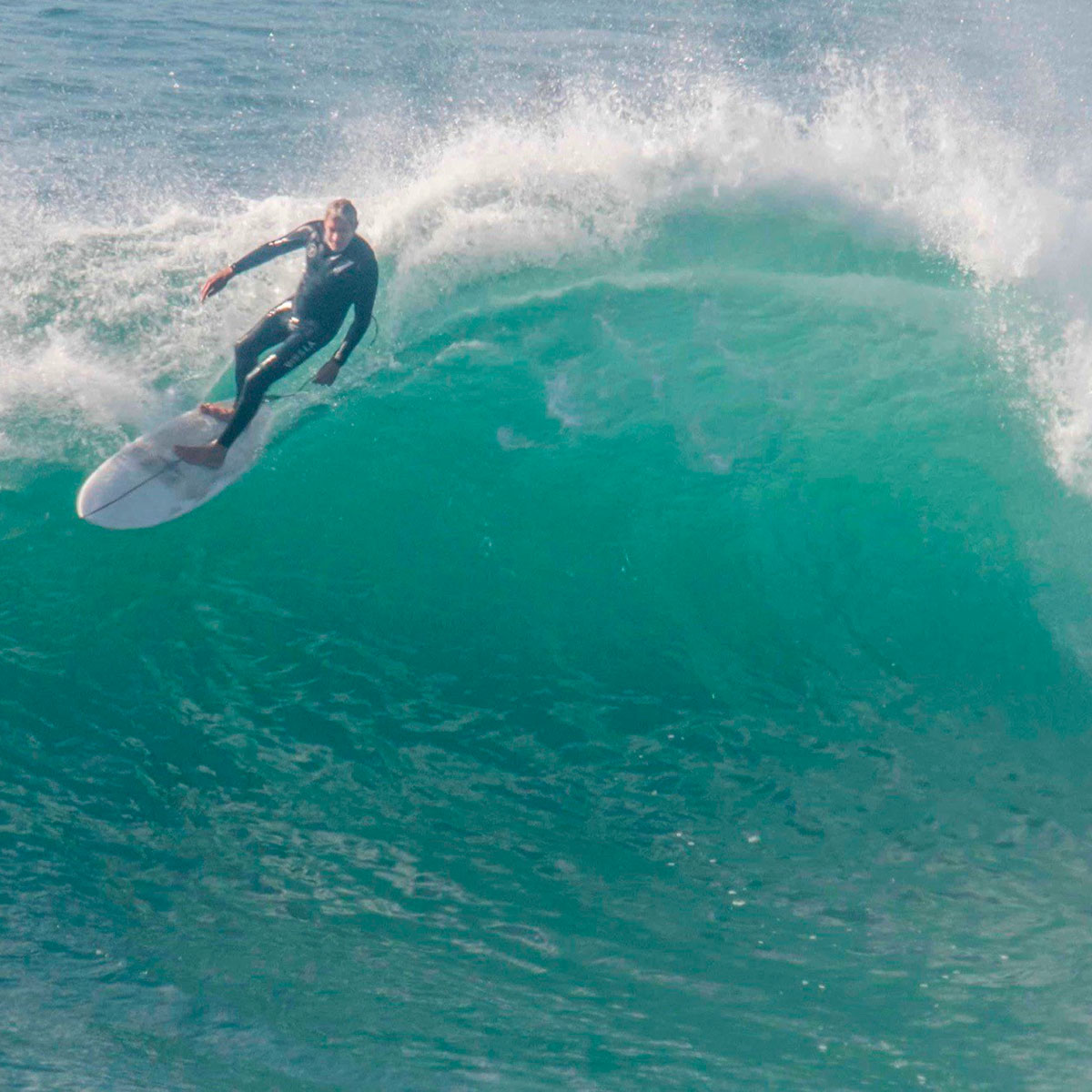
So what boards are you riding at the moment?
I’ve got a quiver of Ryan Burch boards, asymmetric boards. I love ‘em. Most days I’ll ride an 7’3” asymmetric, with plenty of thickness, like 2-3/4” thick.
Tell us a bit about the book. The first chapter is called ‘Surfing Is Not a Sport’ and that seems to be an underlying theme…
Yeah, well, originally that was going to be the title of the book. ‘Cos that’s how it developed for me, around the time of Morning of the Earth and all that. I really had very little competitive instinct at that point in my life. Maybe I was getting a little too stoned or I’d lost the competitive urge, I don’t know! But I think that’s when I was doing the most progressive and the best surfing of my life. I was surfing Lennox Head a lot, and riding those classic pintails that I was building on the farm at Byron Bay.
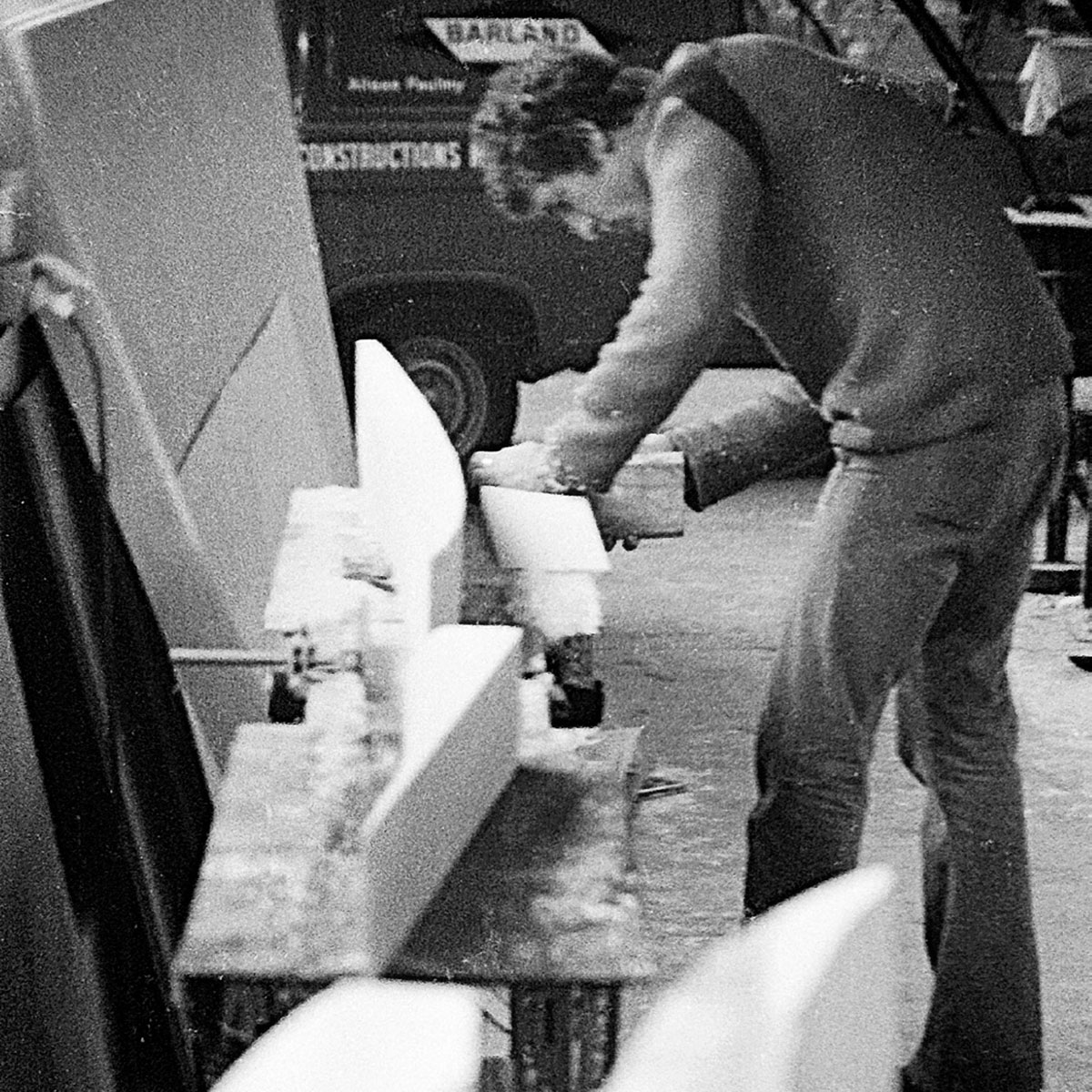
So are you still interested in competitive surfing? Do you still follow what’s happening on the pro tour, or are you over it?
Well, it’s not that I’m over it, it’s just that I find it boring! I don’t think there’s enough emphasis on style, I think it’s all about manoeuvres. And it’s gonna get worse if they do more contests in wavepools, ‘cos then everyone’s gonna be riding the same waves, on the same equipment. I mean, I can understand how some people find it entertaining, people who are really into it. But for me, no, I find it boring. I’d rather go surfing myself, personally.
There’s a chapter in the book about a trip to Morocco that you did in 2018. What did you think of the place?
Well, the first time I went to Morocco was in the late ‘60s, and I hadn’t been back there until last year, when I spent a few weeks there with my wife, my son Bryce, and a few other guys. We had a great time, I really loved it. There were so many European surfers down there, it’s obviously become a very popular place. And I can understand that…I mean, the quality of the surf is incredible. And the vibe is really good too. The only time it wasn’t so good was at Safi – as I mention in the book – when some of the guys in the water got pretty aggressive. I don’t know if they were local guys, or guys from France and Spain. I didn’t want a confrontation so I just surfed further down the bay. But I tell you what, the quality of that wave is amazing!
There are some good stories in the book about people you’ve met over the years, guys like MIki Dora…
Yeah, I’ve written quite a few books and articles over the years but there are still a lot of stories to be told. I’d never told the Miki Dora stories before. He was such a character! He was probably the most bizarre surfing character in the world, really. And yet, he was one of our tribe. So, yeah, from my point of view, it was a delight to be able to tell those stories.
You’re doing a sort of a Southern Hemisphere tour, promoting the book around Australia and in California. It seems like it’s been well received.
Well, one of the biggest compliments I’ve had was from Nick Carroll. He called me and said, “I’ve gotta tell you, Nat, it’s the best thing you’ve ever written.” And that’s pretty good to hear, ‘cos he’s a terrific writer. So, yeah, I feel good about the book, I’m pretty proud of it.
Church of the Open Sky is published by Penguin Random House.
